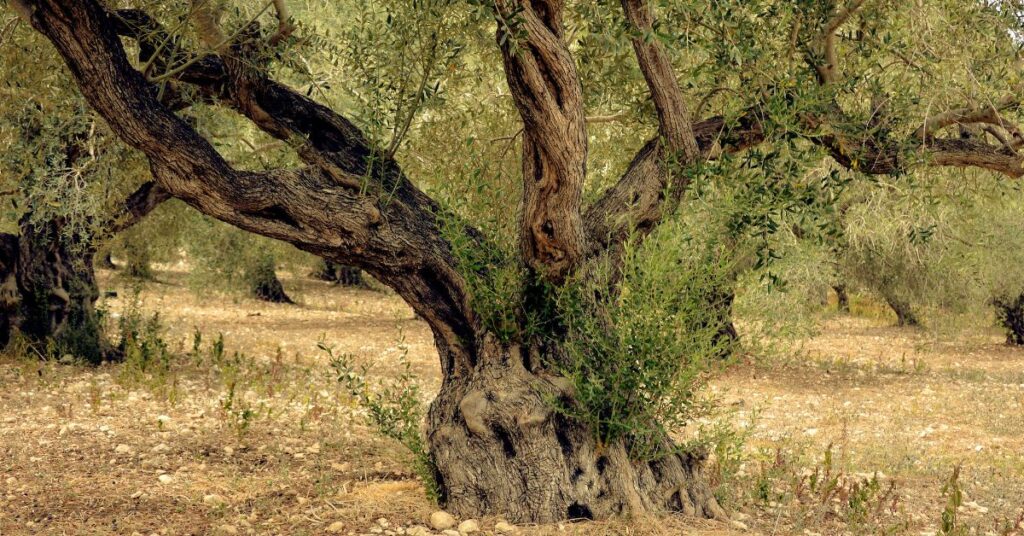
Heat Stress in Olive Groves: How High Temperatures Threaten Fruit Set

Olive trees are renowned for their resilience. They thrive on rocky soils, endure drought, and live for centuries. Yet even this legendary survivor has its limits. One of the greatest threats facing olive growers today is not pests or poor soil, but very high temperatures during the flowering and fruit-setting stage.
Why Fruit Set Matters
Fruit set is the critical moment when olive flowers transform into tiny fruits. For growers, this is the turning point between a promising bloom and a successful harvest. If conditions are unfavorable during this narrow window—typically in late spring—entire crops can be compromised.
The Role of Temperature in Olive Flowering
Olive trees require a balance:
- Mild winter chilling to break dormancy and ensure abundant flowering.
- Stable spring temperatures to allow pollination and fruit set.
When temperatures spike well above seasonal norms during flowering, problems arise:
- Reduced Pollen Viability – Excessive heat damages pollen grains, lowering their ability to fertilize flowers.
- Shortened Flower Life – High temperatures cause flowers to wither prematurely before fertilization can occur.
- Poor Stigma Receptivity – The female part of the flower becomes less receptive to pollen, further limiting fruit set.
- Increased Abortion of Young Fruits – Even if initial fertilization occurs, extreme heat often triggers fruit drop.
Climate Change and Growing Risks
Historically, Mediterranean olive groves were adapted to warm, dry summers. But climate change is intensifying extremes:
- More frequent heatwaves in May–June, coinciding with the crucial flowering stage.
- Longer periods of drought stress, which amplify the effects of heat.
- Shifts in flowering times, sometimes increasing the mismatch between peak flowering and favorable weather.
The result? Years with abundant blooms can still yield poor harvests if a heatwave arrives at the wrong moment.
Coping Strategies for Growers
While farmers cannot control the weather, they can take adaptive measures:
- Irrigation during heat stress in olive groves – Providing water before and during heatwaves helps trees maintain flower hydration and fruit retention.
- Orchard management – Maintaining soil moisture with mulching, cover crops, and organic matter improves resilience.
- Varietal choice – Some olive cultivars tolerate heat better than others; shifting to more resilient varieties may be a long-term solution.
- Agroclimatic monitoring – Using weather stations and forecasting models helps growers prepare for risky periods.
Conclusion
The olive tree has stood as a symbol of endurance for millennia. But with global temperatures rising, fruit set is becoming one of its most vulnerable stages. Recognizing the risks of heat stress and investing in adaptive strategies will be essential to safeguard the future of olive oil production—and ensure that this ancient tree continues to bear its liquid gold for generations to come.